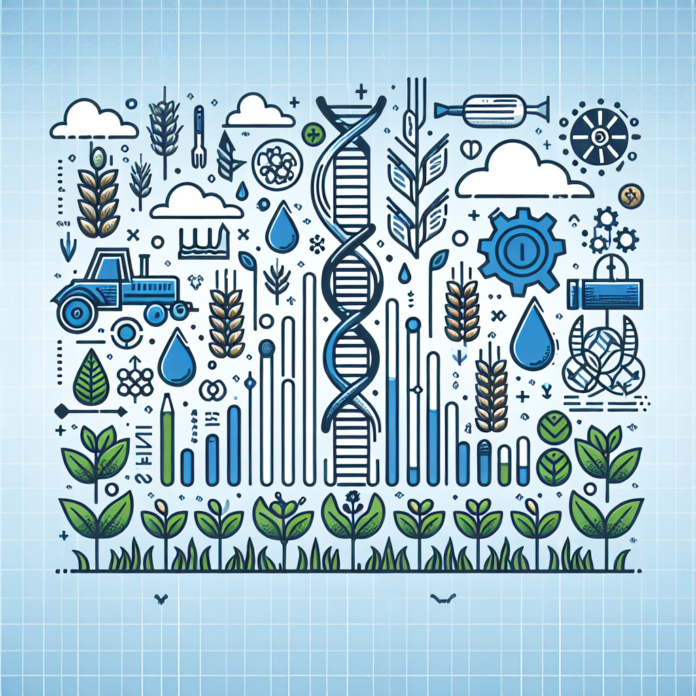Improving Nitrogen Use Efficiency in Agriculture through Agronomic and Genetic Innovations
Improving Nitrogen Use Efficiency in Agriculture through Agronomic Practices and Genetic Innovations
Nitrogen is a crucial nutrient for plant growth and is often a limiting factor in agricultural productivity. However, the conventional use of nitrogen fertilizers can lead to significant inefficiencies, resulting in environmental issues such as water pollution and greenhouse gas emissions. To address these challenges, enhancing nitrogen use efficiency (NUE) in agriculture has become a priority. This can be achieved by integrating advanced agronomic practices with genetic improvements in crops.
Agronomic Practices for Enhanced NUE
1. **Precision Agriculture**: Utilizing technologies such as GPS and remote sensing can help farmers apply nitrogen fertilizers more accurately, ensuring that crops receive the right amount of nutrients at the right time. This reduces wastage and minimizes environmental impacts.
2. **Soil Health Management**: Practices such as cover cropping, crop rotation, and reduced tillage can improve soil structure and microbial activity, enhancing the soil’s ability to retain nitrogen. Healthy soils can naturally supply more nitrogen to crops, thereby reducing the need for synthetic fertilizers.
3. **Optimized Fertilizer Application**: Split applications of nitrogen, where fertilizers are applied in smaller doses at critical growth stages, can significantly improve NUE. This helps to match nitrogen availability with plant demand, reducing losses to the environment.
4. **Integrated Pest Management**: By managing pests and diseases effectively, farmers can reduce plant stress, allowing crops to utilize nitrogen more efficiently.
Genetic Advances in Crop Improvement
1. **Nitrogen-Use Efficient Varieties**: Breeding programs focused on developing crop varieties that can utilize nitrogen more efficiently can lead to significant gains in NUE. These varieties may have deeper root systems or enhanced capabilities to uptake nitrogen from the soil.
2. **Transgenic Approaches**: Genetic engineering techniques can be employed to create crops that have improved nitrogen metabolism. For example, incorporating genes that enhance the plant’s ability to fix atmospheric nitrogen can further reduce the dependency on chemical fertilizers.
3. **Marker-Assisted Selection**: This technique allows breeders to identify and select for traits associated with high NUE more efficiently. By focusing on the genetic markers linked to nitrogen uptake and utilization, breeders can accelerate the development of improved crop varieties.
Combining Approaches for Maximum Impact
Integrating agronomic practices with genetic advancements can create a synergistic effect, leading to even greater improvements in NUE. For example, using nitrogen-efficient crop varieties in conjunction with precision farming techniques can optimize both plant performance and fertilizer use.
Moreover, educating farmers about these integrated strategies is essential for widespread adoption. Training programs and extension services can help bridge the gap between research and practice, ensuring that farmers are equipped with the knowledge and tools necessary to implement these advancements.
In conclusion, enhancing nitrogen use efficiency in agriculture requires a multifaceted approach that combines innovative agronomic practices with genetic improvements. By working collaboratively across disciplines, the agricultural sector can achieve sustainable productivity while minimizing environmental impacts, ultimately contributing to food security and ecosystem health.


